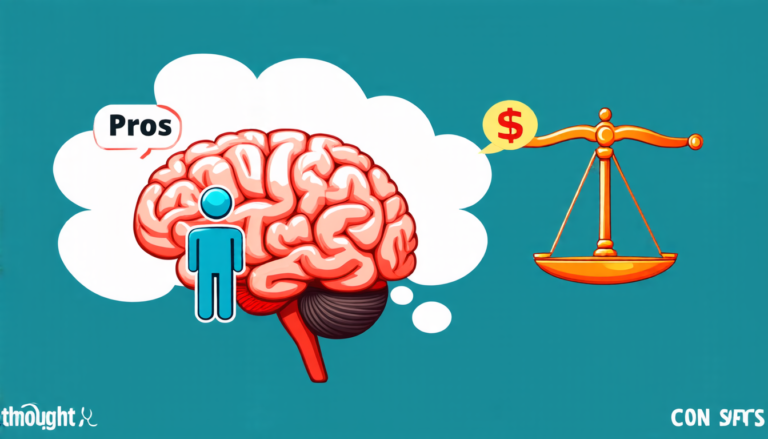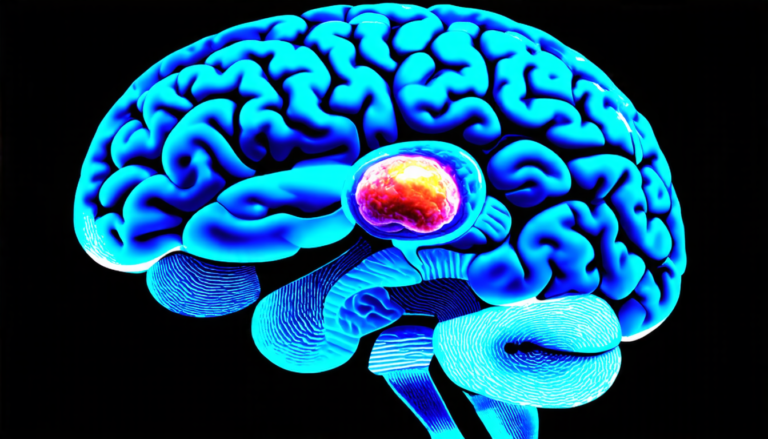Saturday 27 September 2025
Scientists have made a significant breakthrough in the field of speaker recognition, which has far-reaching implications for industries such as law enforcement, customer service, and even entertainment.
For decades, researchers have been working to improve the accuracy of speaker recognition systems, which aim to identify an individual’s voice based on a sample recording. The latest advance builds upon previous work by incorporating uncertainty estimation into the system.
The approach, known as xi+, uses a novel loss function that explicitly supervises the learning of uncertainty estimation. This allows the system to better understand when it is unsure about the identity of the speaker, and adjust its confidence levels accordingly.
In practical terms, this means that xi+ can accurately identify speakers even in noisy environments or when the recording quality is poor. The system’s ability to adapt to uncertainty also makes it more resilient against attacks from malicious actors.
The researchers behind xi+ used a combination of machine learning techniques and data augmentation methods to train the system. They also employed a large-scale dataset, known as VoxCeleb, which contains thousands of hours of speech recordings from diverse speakers.
One of the key innovations of xi+ is its use of a temporal modeling mechanism that captures the dynamics of uncertainty across different time frames. This allows the system to better understand how speaker characteristics change over time and adjust its recognition accordingly.
The researchers also experimented with incorporating uncertainty into the cosine scoring function, which is used to compare the similarity between two speech recordings. By doing so, xi+ can more accurately assess the confidence levels of its identifications.
The potential applications of xi+ are vast. Law enforcement agencies could use it to identify suspects or track down missing persons. Customer service centers could employ it to improve their automated voice assistants. Even entertainment industries like film and television production could utilize it to create more realistic audio effects.
While there is still much work to be done in refining the system, the latest breakthrough marks a significant step forward in the field of speaker recognition. As researchers continue to push the boundaries of what is possible, we can expect to see even more innovative applications of this technology in the future.
Cite this article: “Breakthrough in Speaker Recognition Technology”, The Science Archive, 2025.
Speaker Recognition, Uncertainty Estimation, Machine Learning, Data Augmentation, Voxceleb, Temporal Modeling, Cosine Scoring Function, Law Enforcement, Customer Service, Entertainment Industries







